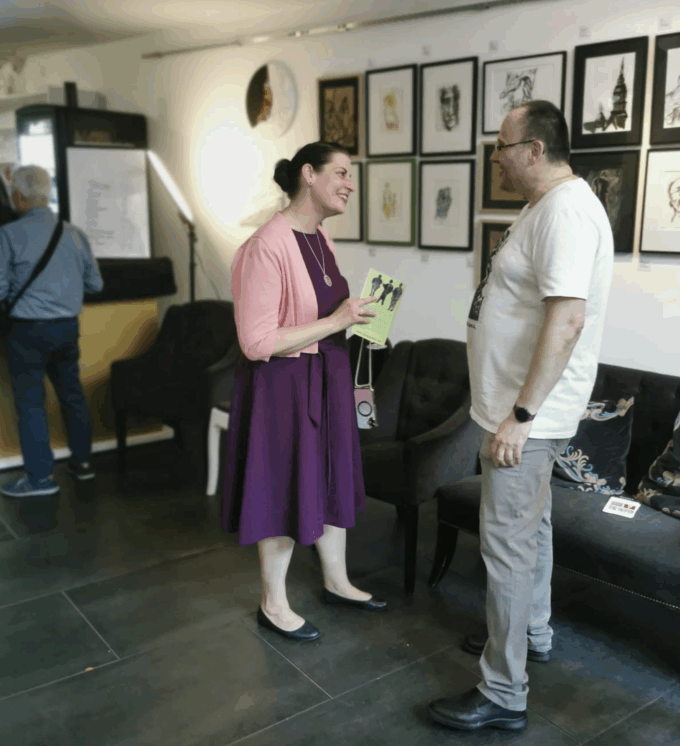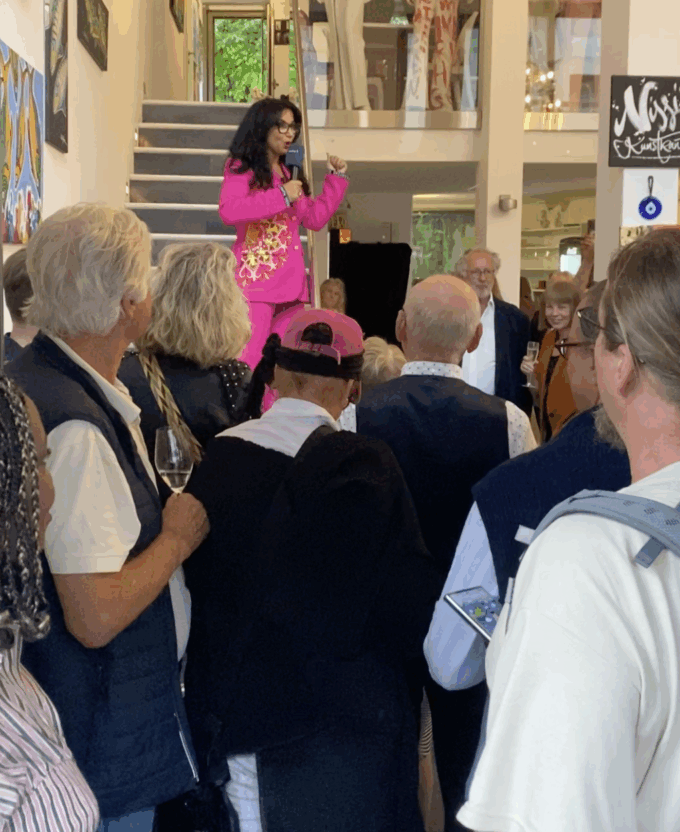Every artist faces a fundamental question: What drives your creativity? The answer shapes not only the art you create but also how you connect with the world.
In my view, artists tend to fall into two broad categories: commercial artists and non-commercial artists.
Neither is inherently better than the other—both require immense skill, talent, and dedication. But understanding where you stand can bring clarity to your creative journey and help you carve out your unique path.
Commercial Artists: Crafting for the Market
Commercial artists create work that resonates with what the market demands. If vibrant cat portraits are trending, they’ll master the art of feline charm. If minimalism is in vogue, they’ll distill their work into sleek, sellable forms. These artists are skilled at reading cultural currents and translating them into art that people want to buy, display, or share. Their work often adorns living rooms, offices, or social media feeds, bringing joy and beauty to everyday spaces.
Being a commercial artist isn’t about “selling out.” It takes incredible talent to create art that’s both market-friendly and authentic. These artists balance their creative vision with an understanding of what connects with audiences, often building sustainable careers in the process. Their success lies in their ability to adapt, innovate, and deliver consistently high-quality work that meets a demand.
Non-Commercial Artists: Creating with Purpose
Non-commercial artists, on the other hand, are driven by motivations beyond market trends. They create to explore, to express, to provoke, or to heal. Their art might convey a powerful message, challenge societal norms, or document personal discoveries. For these artists, the act of creation is often an end in itself—a way to process the world, share a story, or spark change.
Non-commercial art doesn’t prioritize being “wall-friendly” or easily digestible. It might be raw, unsettling, or deeply personal, inviting viewers to pause and reflect rather than simply admire. These artists measure success not by sales but by impact—whether that’s shifting perspectives, fostering dialogue, or inspiring someone to see the world differently.
The Challenge of Blending Both Worlds
Can an artist straddle both categories? It’s possible, but it’s tricky. Mixing commercial and non-commercial approaches can confuse audiences who crave clarity about what an artist stands for. Art lovers often want to categorize creators—either as market-savvy trendsetters or as visionary truth-tellers. Blending the two requires a delicate balance and a clear sense of identity to avoid diluting your voice.
That said, some artists pull it off brilliantly, creating commercially viable work that still carries a deeper message. The key is authenticity—staying true to your core values while navigating the expectations of different audiences.
My Path as a Non-Commercial Artist
For me, the choice is clear: I’m a non-commercial artist. My work isn’t designed to blend seamlessly into a living room or cater to passing trends. Instead, I create to tell my story, to share the lessons I’ve learned, and to explore the complexities of the human experience. My art is a vehicle for meaning, not decoration.
More than that, I aim to make a difference. Whether it’s challenging outdated norms, uplifting those who feel unseen, or encouraging small steps toward a better society, my goal is to create work that resonates on a deeper level. Beauty is secondary; impact is paramount. If my art sparks a thought, shifts a perspective, or inspires someone to live more intentionally, I’ve succeeded.
Which Path Calls to You?
There’s no right or wrong answer when choosing your artistic path. Commercial artists bring joy, accessibility, and cultural relevance to the world. Non-commercial artists push boundaries, provoke thought, and remind us of art’s power to transform. Both paths demand courage, skill, and a commitment to growth.
So, which type of artist do you want to be? Are you drawn to creating work that captivates the market and brightens everyday spaces? Or do you feel called to explore uncharted territory, telling stories that might not sell but will endure in their meaning? Perhaps you’re one of the bold few who can bridge both worlds, weaving purpose and popularity into a singular vision.
Take time to reflect. Your answer will not only define your art but also shape the legacy you leave behind.



